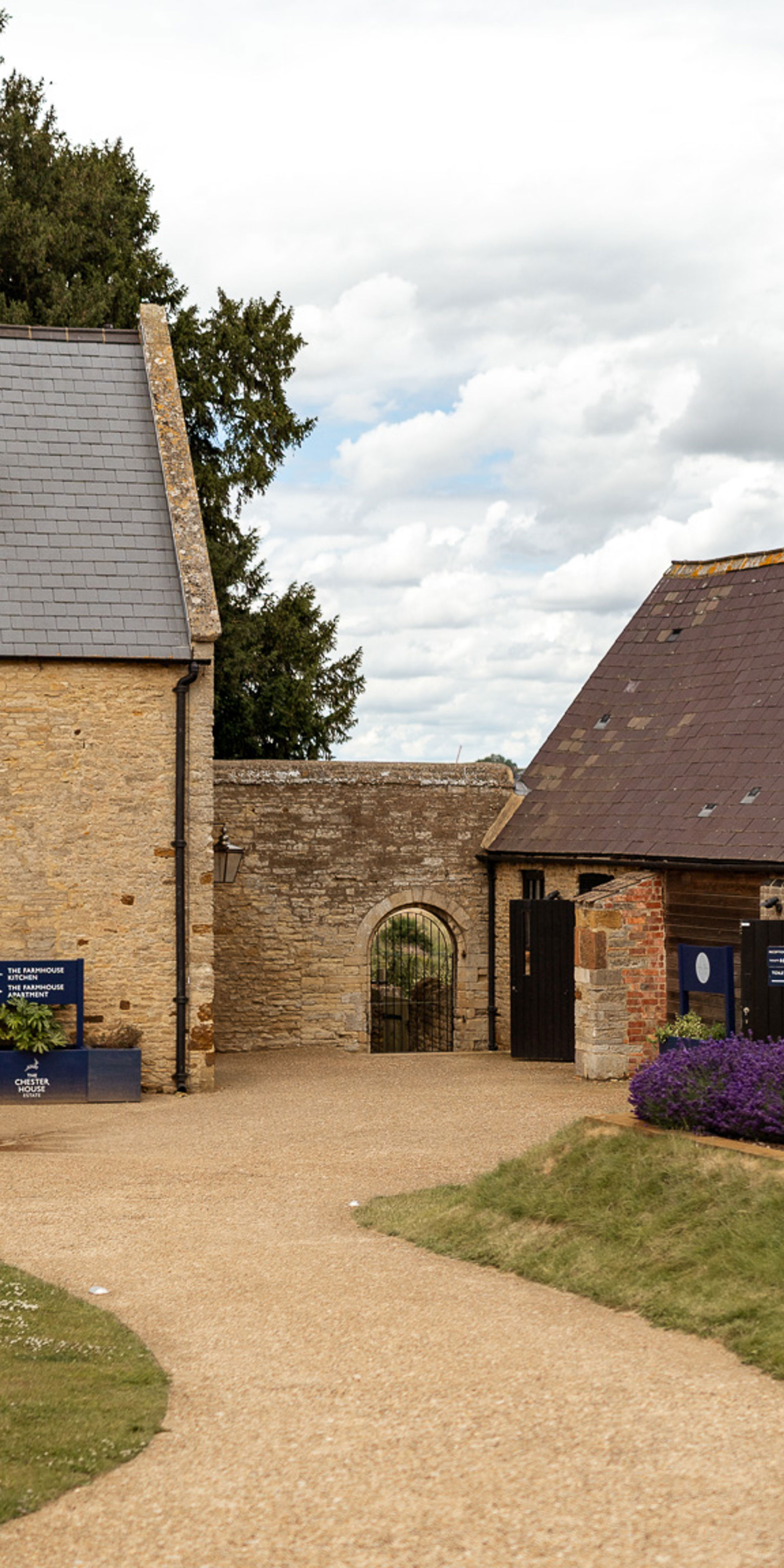Irthlingborough All Saints Church
Hi, my name is Tia Henry-Meah and I’m a 3rd year university student at The University of Leicester.
I study Geology with Palaeontology and I was fortunate enough to have the opportunity to do an internship at The Chester House Estate. Over the past four weeks, I’ve been helping to catalogue and organise artefacts from the All Saints’ church in Irthlingborough and here’s what I’ve learnt:
All Saints' church in Irthlingborough, Northamptonshire has had several discoveries of important artefacts, including three pewter chalices and one paten. Two of the chalices and the paten, a plate usually used for holding bread at a Eucharist, are allegedly from the 13th century and the other chalice is approximately dated to the 14th century. In this period, it was a custom tradition to put chalices in the graves of priests that had passed away. This would be one of the explanations for these chalices that were found in this site.
These artefacts had been badly damaged at the time of discovery with the mechanical excavator. The fragments were intact enough to retrieve information about them like approximate size, shapes and designs. the two chalices from the same century had a standard pattern for that period. However, the shapes varied slightly between them. One of the chalices had a knop on the stem, which is a small, round knot on the chalice. The pattern for the paten was plain in nature with a raised, broad and flat rim with an estimated 3’ diameter.
The other chalice did not resemble any of the patterns from comparative material, which could be a product of a local variant. These peculiar features indicate that this chalice was a later date in comparison to the other two chalices, and at least 14th century.
As you can see from the photos, the pewter chalices are in very poor fragmentary conditions so I have drawn this possible reconstruction to show what one of the chalice may have looked like.


